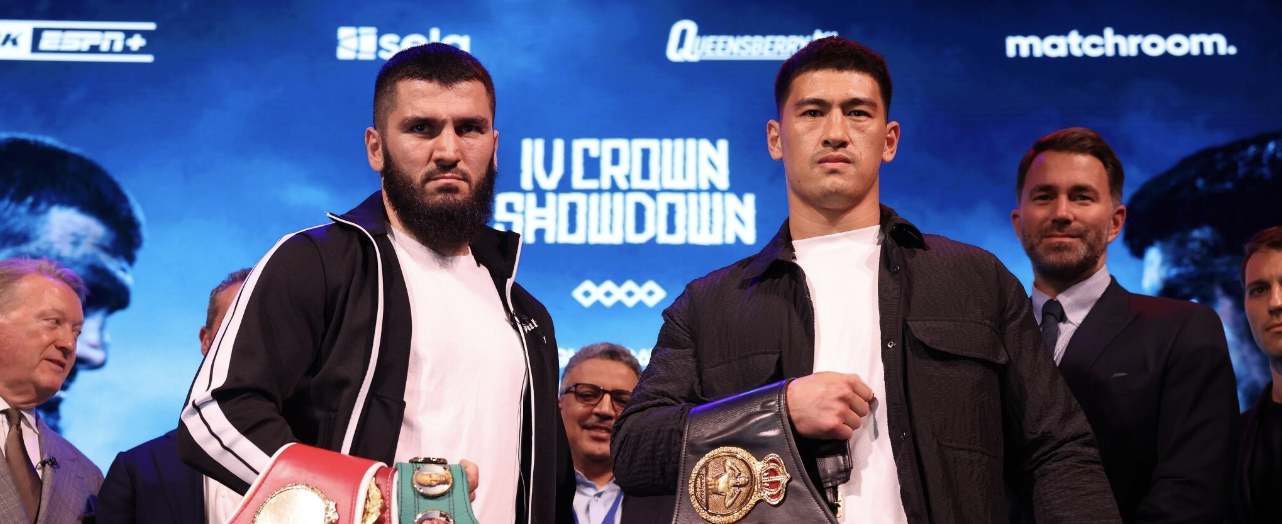A Beginner's Guide to Boxing Weight Classes

There are seventeen weight divisions in boxing. These classes range from 105 pounds to 200 to 300-pound. Weight classes were initially established to limit the instances of mismatches between boxing opponents of different sizes. Over several years, the number has evolved from eight to seventeen divisions.
Originally, the weight classes were featherweight, flyweight, lightweight, bantamweight, middleweight, welterweight, junior middleweight, and heavyweight. The 17 divisions have been instrumental in creating a safer and leveled environment for competitive boxing matches. It also creates more opportunities for aspiring professional boxers to compete.
You can now quite easily sign under reputable brand management firms and start the journey of becoming future boxing champions. Because boxing is very popular, it is one of the most wagered on in physical, sports betting sites, and online casinos. If you want to try your luck, take your winnings from your Jackpot casino login and head on over to a reputable online sports betting site and go for it.
With the previous divisions, several boxers would either have been too small or too big to compete or become champions. If you are developing an interest in boxing and have no idea what some of these divisions entail, keep reading.
1. Heavyweight
This is one of the most glamorous divisions in professional boxing and was created in 1738 by Jack Broughton. Fighters in the heavyweight division originally weighed in at 72.57+ kg/ 160+ lb. Because the division didn't have a limit, fighters weighing anything more than the limit were theoretically free to fight as heavyweights. The stipulated weight for a fighter in the heavyweight division would be modified in subsequent years.
In 1992, the New York Walker Law changed the limit to 175+ lb. Later in 1979, the WBC adjusted it to 190+ lb. During the last modification, the WBA, WBC, and IBF collectively set the weight at 200 lb+, which remains to date. On September 7, 1892, legendary John L. Sullivan became the inaugural heavyweight champion after defeating Jim Corbett.
Years later, in 1962, Floyd Patterson became the new WBA heavyweight champion. Some of the most notable heavyweight champions have been John L. Sullivan, Muhammad Ali, Mike Tyson, Wladimir Klitschko, and Anthony Joshua.
2. Super middleweight
In the '60s, there was a growing interest in establishing a division between the light heavyweight and middleweight, two of the eight original divisions. The origin of this division can be traced back to "junior light heavyweight." It was briefly recognized by this title by some states, and the weight limit was 75.75 kg / 167 lb.
In April 1967, Don Fullmer challenged Jon Hopkin to the junior lightweight championship, which was vacant. With his TKO win, Fullmer became the inaugural champion. The super middleweight championship title was reinstated several times after this event. The most notable matches were in 1974 after Billy Douglas' victory and in 1982's Jerry Halstead's victory. IBF was the first of four major sanctioning bodies in boxing to introduce the super middleweight belt in 1984.
The WBA and WBC followed suit in 1987 and 1988, respectively. The longest reign under this title is jointly held by German and British boxers Sven Ottke and Joe Calzaghe. Both had 21 title defenses. Other notable super middleweight champion boxers are Andre Ward, Roy Jones Jr, and Nigel Benn.
3. Cruiserweight/ Junior heavyweight
The cruiserweight was first established in 1979 by the WBC. The weight limit is 190 lb / 86.16 kg to accommodate smaller heavyweights that cannot compete against the growing number of fighters in the heavyweight division. The first-ever cruiserweight world championship was fought between Mate Parlov and Marvin Camel. The first bout ended in a draw, but after a rematch, Camel emerged victorious, taking the WBC cruiserweight championship belt.
In 2003, the WBC, in conjunction with the other three sanctioning bodies, decided to set the limit for this division at 200 lb / 90.71 kg. Marco Huck and Johnny Nelson hold the longest cruiserweight title. They both have 13 title defenses. Notable cruiserweight champions include O'Neil Bell and Carlos de Leon.
4. Lightweight
The lightweight division goes back to 1738 when it was introduced by Jack Broughton, famously known as the father of English boxing. The lightweight division was reserved for any boxer weighing under 160 lb / 72.57 kg. In 1889 the ABA modified this to ten stones. Finally, in 1909, the NSC set the weight limit at 135 lb / 61.23 kg. The first known lightweight champion was Englishman John Monaghan, who won in 1850.
In 1982 Carlos Ortiz emerged victorious after beating Joe Brown in the inaugural WBA lightweight fight. The IBF crowned their world lightweight champion in 1984, with the WBO following suit in 1989. Panamanian boxing champion Robert Duran is the longest-reigning champion in the lightweight division, with 12 title defenses.
Some of the most notable lightweight winners include Benny Leonard, Hector Camacho, Manny Pacquiao, and Oscar De La Hoya.
Conclusion
These are just four of the many title divisions in pro boxing. Because of the increase in divisions, you now have better chances of following your dreams of becoming a pro boxer. To thrive in this industry, ensure that you have the right team on your side from the beginning.









